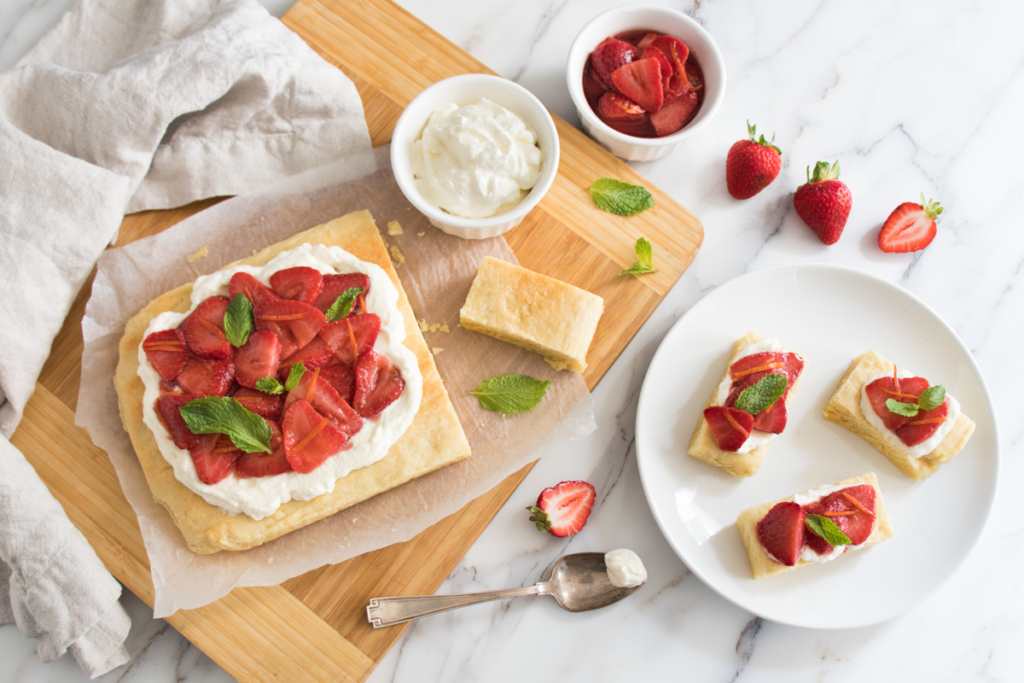Scones aren’t everyone’s cup of tea. Often described as tough, dry, and flavorless, scones languished in pastry cases and cafes across the country. But it doesn’t have to be this way! In fact, there are many different types of scones and myriad ways of preparing them that yield tender, flavorful, and sweet results.
History of Scones
Today scones are made in countries all over the world and are traditionally served with tea. Scones originated in Scotland where they were cooked on the stovetop in a large skillet, yielding a large, round, flat scone. Once commercial baking powder arrived on the market, scones were baked in ovens instead of on the stovetop. Depending on the country you find yourself in, scones may be pronounced like “gone” or “cone”. In the United States and Ireland scone will typically rhyme with “cone” and in England it will rhyme with “gone”.

Varieties of Scones
In the United States and England you are most likely to find sweet scones, but scones can be savory too. Typically, sweet scones may have dried or fresh fruits, citrus zests, or spices added to them, whereas savory scones may include cheese, meats, or herbs. In England you will find slightly sweetened scones served with jam, jelly, and clotted cream with tea. This combination and event is known as “cream tea”.
Many former English colonies enjoy their own unique types of scones. In Australia you may find pumpkin scones, date scones, or scones fried in oil instead of baked. New Zealanders enjoy their scones unsweetened and served with butter or with cheese and dried fruits mixed into the dough. In the United States, the scones are typically drier and more crumbly than other varieties. Cinnamon, blueberries, and dried fruits such as raisins are the most common additions to American scones.

Baking Scones at Home
We are big proponents of scones, especially cream scones, which are rich, buttery and tender instead of dry and crumbly. While a bit untraditional, our Strawberry, Cardamom Slab Scones make the process of making scones easy as you don’t have to shape them in advance. You simply press the dough into a pan and cut them into pieces after baking. We top our scones with orange-studded strawberries and whipped cream, but you could also serve them traditionally with clotted cream and jam. If you want to serve a whole tea-time spread, our recipe for Lemon Pound Cake would make a great addition as well as our recipe for homemade Fruit Sauce.

Feature Image: Flickr user Benson Kua ( CC BY-SA 2.0 )



